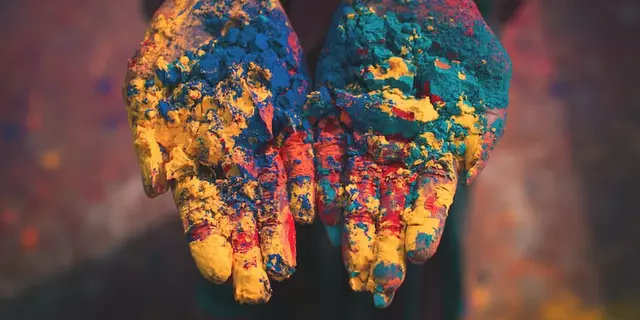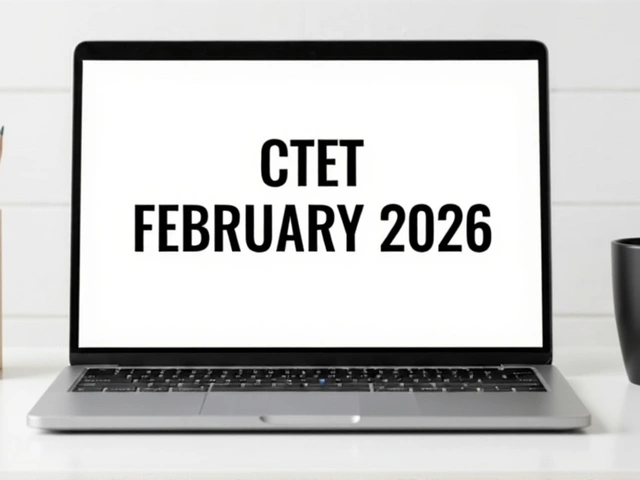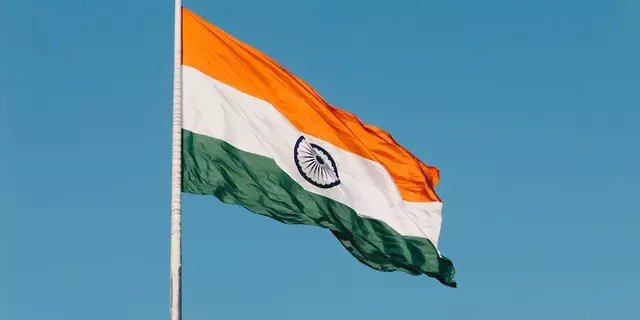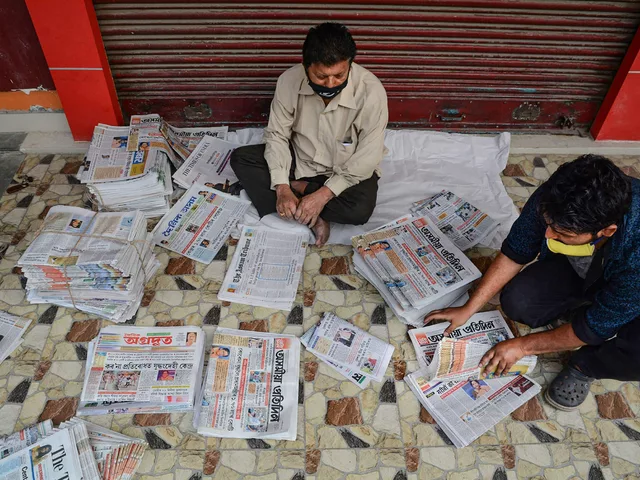Indian Journalism: News, Bias and How to Spot Reliable Coverage
Trust in news is shaky. One day there is breaking crime gossip, the next a viral celebrity story, and the line between fact and opinion gets blurry. This tag collects plain-talk posts about Indian journalism—how stories are made, where bias shows up, and simple checks you can use before sharing or reacting.
If you want short, useful reads, you will find reports on crime coverage, legal cases, education and media tech. Expect posts that explain why a headline matters, who owns the outlet, and what missing context changes the whole story. Think of this as a quick toolkit for anyone who reads Indian news every day.
Quick checks before you trust a story
Headline sensational? Pause. Headlines are built for clicks, not clarity. Read the first few paragraphs and look for named sources. Anonymous claims need more caution. Check the date and location. Old reports get recycled all the time, and context matters for every claim.
Who reported this? A byline with a reporter who covers the same area regularly is a good sign. If a piece quotes official documents, court records, or direct interviews, it carries more weight than a story built on unnamed tips or social media posts. Cross-check at least one other reputable outlet before you take action.
Spotting bias and opinion
Bias shows up in tone, not just facts. If an article uses loaded words, makes broad claims without proof, or mixes opinion with reporting, treat it as analysis, not news. Editorials and op-eds are fine—but they should be labeled. When coverage of a politician or company consistently lacks balance, look for ownership links and repeated framing patterns.
Images and videos can mislead too. Screenshots from unrelated events get reused. If visuals look dramatic, try to verify origin and date. Short tip: search the image or video elsewhere to confirm where it first appeared.
Want deeper reads? This tag hosts explainers on big stories like legal cases and media practices. You will find posts that break down court updates, discuss how CMS and editorial systems shape headlines, and ask critical questions about coverage of education and social issues.
How to follow reliable journalists: subscribe to reporters who publish original work, follow newsroom clarifications, and watch for corrections. A trusted outlet corrects mistakes openly. If corrections are hidden or never published, treat their reporting with extra care.
Use this tag when you want practical, no-nonsense help understanding the Indian news landscape. Whether you are checking a viral claim about a court case, wanting to know which outlets cover local stories well, or learning how private education is reported, these posts give you quick rules and examples you can use right away.
Read smart. Question sources. And share only after a quick check—your timeline will thank you.
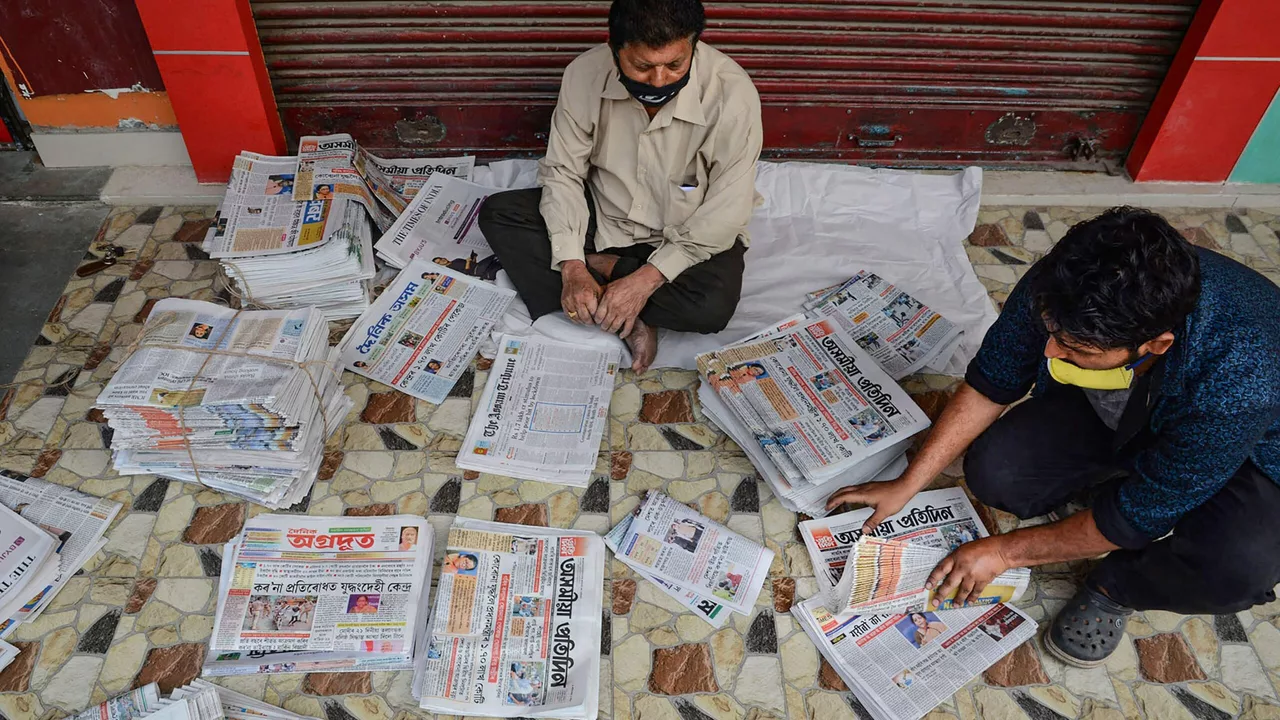
Why does the Indian news media only cover politics?
Well folks, let's dive into the spicy curry of Indian news media, shall we? It's like politics has become their favorite Bollywood superstar, always taking center stage! Why so, you ask? It's because political news sells like hot samosas in India, stirring up emotions, creating debates, and keeping the TRP ratings high. So, next time when you switch on the news and it's all politics, don't go 'why always this?', instead say 'here comes the spicy drama!'
Media Criticism
